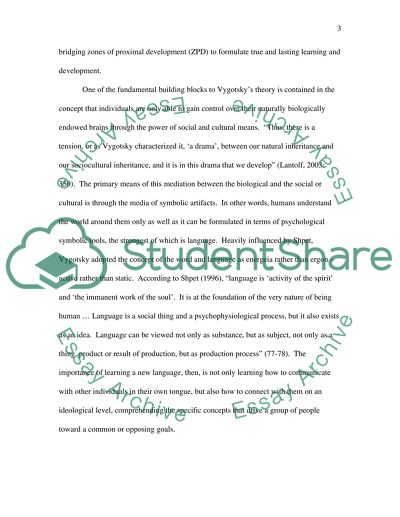Cite this document
(Vygotskys Theory of Teaching as It Applies to ESL and EFL Essay, n.d.)
Vygotskys Theory of Teaching as It Applies to ESL and EFL Essay. https://studentshare.org/psychology/1542228-position-paper-vygotsky
Vygotskys Theory of Teaching as It Applies to ESL and EFL Essay. https://studentshare.org/psychology/1542228-position-paper-vygotsky
(Vygotskys Theory of Teaching As It Applies to ESL and EFL Essay)
Vygotskys Theory of Teaching As It Applies to ESL and EFL Essay. https://studentshare.org/psychology/1542228-position-paper-vygotsky.
Vygotskys Theory of Teaching As It Applies to ESL and EFL Essay. https://studentshare.org/psychology/1542228-position-paper-vygotsky.
“Vygotskys Theory of Teaching As It Applies to ESL and EFL Essay”. https://studentshare.org/psychology/1542228-position-paper-vygotsky.


